The delicate artistry of baking a perfect Chiffon cake lies not just in the mixing and baking process, but equally in the crucial steps taken immediately after the cake leaves the oven. Among professional bakers and serious home bakers alike, the practice of inverting Chiffon cakes for a full two hours after baking has become gospel - not merely as tradition, but as scientific necessity to prevent the dreaded cake collapse.
When a Chiffon cake emerges golden and fragrant from the oven, its structure exists in a fragile, transitional state. The airy matrix of egg proteins and starch has set enough to hold its shape, but remains vulnerable to gravitational forces that could compress those carefully incorporated air pockets. This is why the immediate inversion technique makes all the difference between a light, cloud-like texture and a dense, sunken disappointment.
The science behind this method reveals why patience during these two hours proves so vital. As the cake begins cooling upside down, gravity works in the baker's favor by gently stretching the cake's cellular structure rather than compressing it. The inverted position allows the starches to fully set without the weight of the cake collapsing its own architecture. During this period, moisture redistributes evenly rather than pooling at the bottom, and the crumb achieves its final stable form.
Professional kitchens often use specialized Chiffon cake pans with protruding center tubes and feet designed specifically for this inversion process. However, home bakers can achieve similar results by balancing the pan over a bottle neck or between other heatproof supports. The key lies in ensuring complete air circulation around the cake during this critical setting period. Any flat surface contact during cooling can create condensation and undesirable texture variations.
Attempting to shortcut this two-hour inversion almost invariably leads to suboptimal results. Cakes removed from their inverted position prematurely often develop what bakers call "the waistline" - an indented middle section where the structure gave way under its own weight. Other telltale signs of insufficient cooling include gummy bottom layers and uneven texture distribution throughout the slice.
Seasoned bakers understand that this extended cooling period serves another vital purpose beyond structural integrity. The gradual temperature decrease allows flavors to fully develop and meld. Just as fine wines benefit from proper aging, the complex flavor profile of a Chiffon cake reaches its peak during this resting phase. The difference becomes immediately apparent when comparing cakes cooled for thirty minutes versus those granted the full two-hour inversion.
This technique traces its origins to the cake's inventor, Harry Baker, who discovered through experimentation in the 1920s that his revolutionary oil-based sponge required special handling to maintain its signature lightness. Commercial bakeries later refined the method, determining through trial and error that the two-hour minimum provided the ideal balance between production efficiency and quality results.
Modern food science has since validated what early bakers discovered empirically. Microscopic examination of cake structures shows that the protein networks in properly inverted Chiffon cakes maintain uniform porosity throughout, while rushed cooling creates dense patches and irregular air pockets. Thermal imaging reveals how heat dissipates more evenly during extended inverted cooling, preventing steam buildup that could otherwise soften carefully developed textures.
For those new to Chiffon baking, maintaining patience during this waiting period often proves challenging when tantalizing aromas fill the kitchen. Yet experienced bakers develop an almost ritualistic appreciation for this quiet interlude between baking and serving. The two-hour window allows time for preparation of accompanying elements - perhaps a fruit compote, whipped cream garnish, or chocolate drizzle that will complement the cake's airy perfection.
Some innovative bakers have experimented with slight variations on the traditional method, such as gradually decreasing the inversion angle over time or implementing very gentle airflow during cooling. However, the fundamental principle remains unchanged - gravitational assistance during cooling is non-negotiable for premium results. Even commercial operations producing thousands of Chiffon cakes weekly adhere religiously to this time-tested technique despite the space and time requirements.
The inversion method's effectiveness extends beyond classic Chiffon to its many flavor variations - from matcha to chocolate to citrus-infused versions. Each adaptation benefits equally from this structural preservation process, proving the technique's universal value across the Chiffon spectrum. Bakers working at high altitudes or in humid climates often extend the inversion period slightly to account for environmental factors affecting the cooling rate.
As baking technology advances with new materials and precision temperature controls, the two-hour inverted cooling remains a constant in professional Chiffon production. This enduring tradition bridges generations of bakers, connecting modern patissiers to their predecessors through shared understanding of this critical process. The method's persistence in an era of constant culinary innovation speaks volumes about its irreplaceable role in quality Chiffon production.
For aspiring bakers seeking Chiffon mastery, embracing this waiting period becomes a rite of passage. The discipline required to honor the cake's needs over immediate gratification often separates competent bakers from exceptional ones. Those who meticulously observe the two-hour inversion consistently produce cakes worthy of professional admiration - with lofty volumes, featherlight textures, and structural integrity that survives slicing without compression.
In an age of instant results and shortcut cooking methods, the Chiffon cake's insistence on this unhurried approach serves as a delicious reminder that some processes cannot be rushed. The two-hour inversion stands as both practical technique and philosophical statement - a testament to the value of patience in creating something truly extraordinary from simple ingredients.
When executed properly, this method yields cakes that not only impress visually but deliver an eating experience that justifies the wait. Each properly aerated bite carries the full intention of the baker's craft, from careful ingredient selection through disciplined cooling. The technique's brilliance lies in its simplicity - no special equipment or complex maneuvers required, just understanding and respect for the physics of perfection.
As bakers worldwide continue the pursuit of Chiffon excellence, the two-hour inverted cooling remains the universal constant - a non-negotiable step in transforming basic components into edible artistry. Its continued prevalence across continents and culinary traditions confirms what generations of bakers have known: when it comes to preventing the heartbreak of a collapsed Chiffon, gravity and time make the most reliable partners.
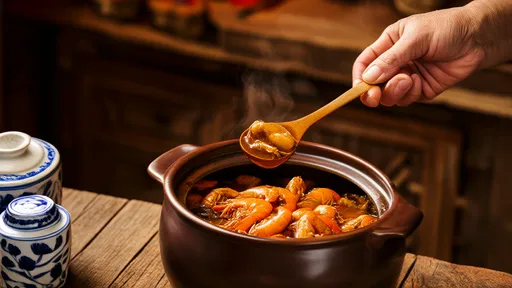
By /Aug 11, 2025
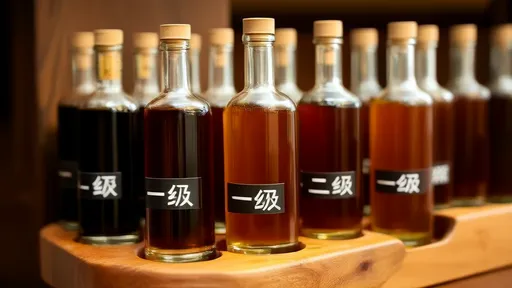
By /Aug 11, 2025
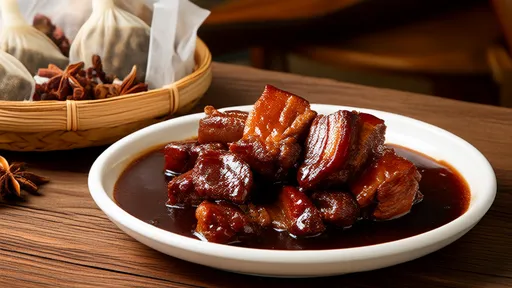
By /Aug 11, 2025
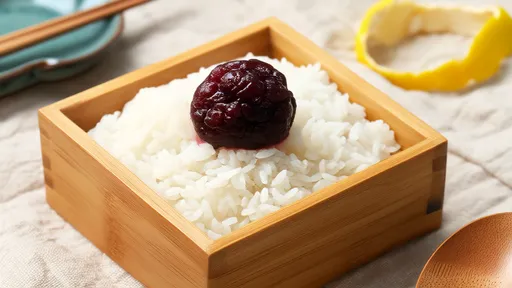
By /Aug 11, 2025

By /Aug 11, 2025

By /Aug 11, 2025
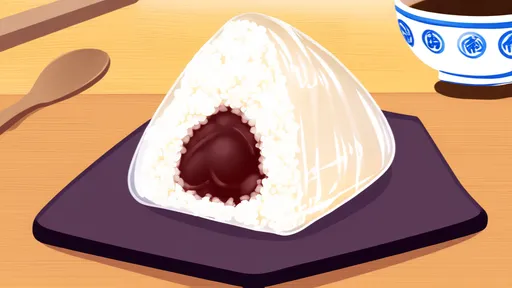
By /Aug 11, 2025
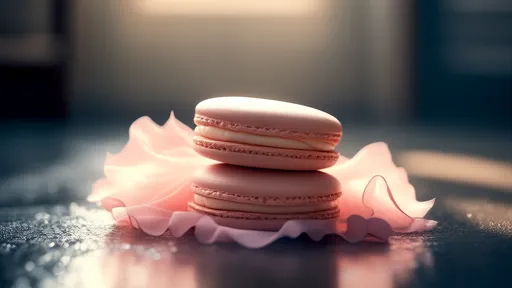
By /Aug 11, 2025

By /Aug 11, 2025
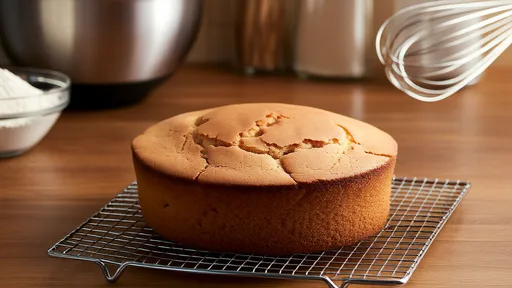
By /Aug 11, 2025
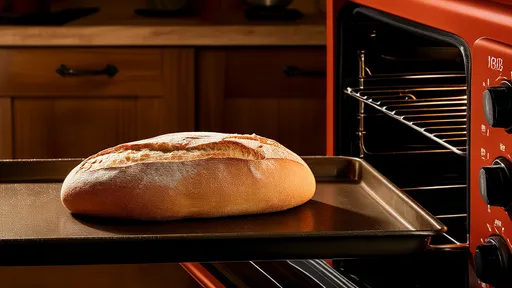
By /Aug 11, 2025
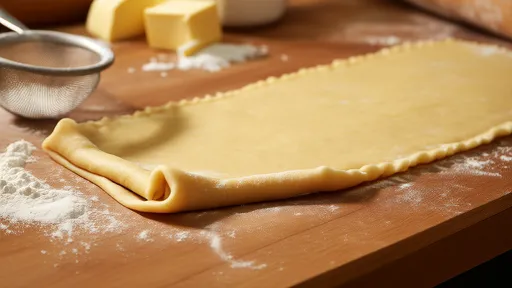
By /Aug 11, 2025
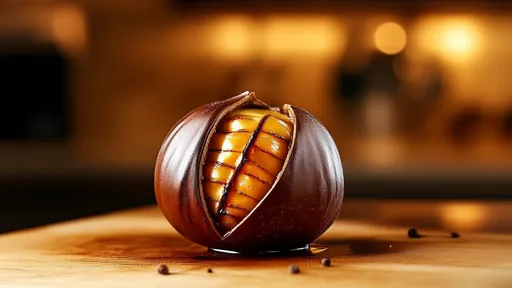
By /Aug 11, 2025

By /Aug 11, 2025
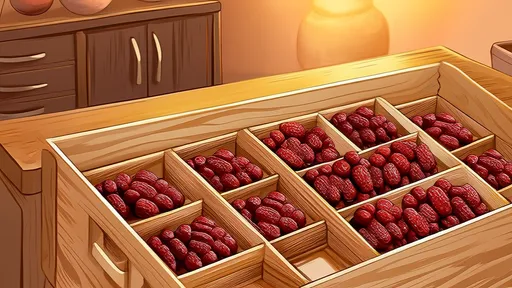
By /Aug 11, 2025
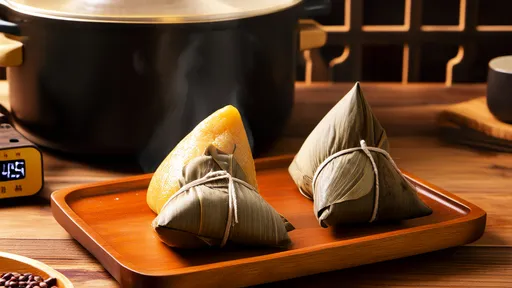
By /Aug 11, 2025
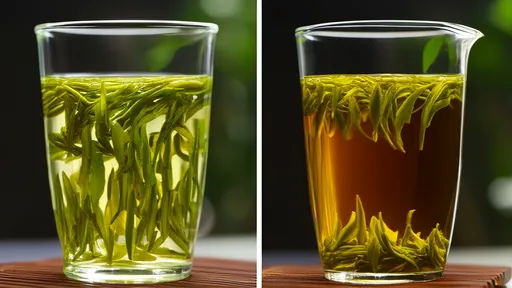
By /Aug 11, 2025

By /Aug 11, 2025

By /Aug 11, 2025

By /Aug 11, 2025